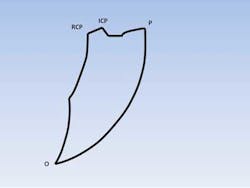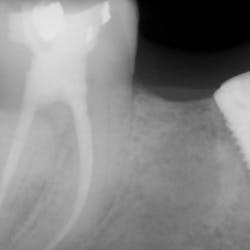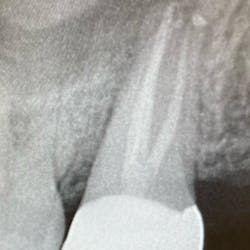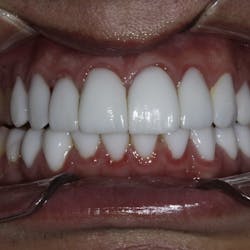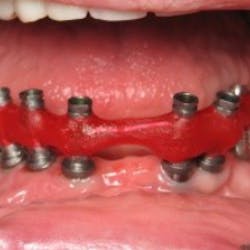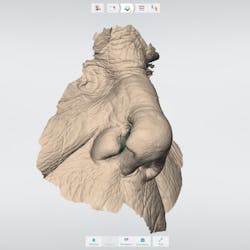By Chris Salierno, DDSQuick: What’s the definition of centric relation?If you’re having difficulty coming up with an answer, you’re not alone.According to Wikipedia, there have been 26 definitions of centric relation since the term first came into use in the 1930s. Pick up a book on occlusion and you will often see entire chapters dedicated to the subject. Attempts at definitions call for the condyles to be in their most retruded, most superior, or most medial position within the glenoid fossae, or some combination thereof. Authors argue about anatomical positions that are fractions of a millimeter apart. It makes me wonder if the whole exercise isn’t just purely academic. I’d like to know what would make a difference in how I treat my patients.Having reviewed my rather large collection of books and articles on the subject, I don’t feel any closer to offering a single definition of centric relation that would appease the many fine dentists who have tried to define the term themselves.But what seems to be fairly consistent in the literature is the belief that there is a certain position of the mandible that should be respected by dentists. That position is special for two main reasons:1. It does not induce stress in the condyle-disc assembly and associated structures.All pressure on the condyle is directed through the avascular, noninnervated disc straight through to the glenoid fossa on the other side. The muscles of mastication are allowed to rest, and we are given a healthy foundation on which to build our restorations. 2. It can be found consistently, regardless of the presence or position of teeth.Numerous authors provide techniques for guiding the mandible into centric relation. Patients may be instructed to lift their tongues to their soft palates or their mandibles may be gently pushed and rotated by the dentist. No favorite method has emerged among the many. But whichever approach is used, there is a consistency to the dentist’s technique and the dentition is not allowed to interfere.There lies the clinical significance of a term that is academically obscure. Put simply, it is a jaw position that is comfortable and easily located on anyone.Great. Now how do we find it? First, let’s define a border position as opposed to a functional position. If we trace the routine movements of the mandible during mastication, swallowing, and other daily activities, we will have found the functional positions. On the other hand, border positions denote the outer limits of movement that can be achieved. These have been famously outlined by Posselt (Fig. 1). If our goal is to find a jaw relationship that is practical, then we will want to find centric relation to be a functional position.
Fig. 1: Posselt’s Envelope of Function marks the extreme border positions of the mandible. The functional positions reside within this outline.Authors who suggest that centric relation is the most retruded mandibular position are classifying it as a border position. It may be reproducible, but it is not comfortable. The muscles of mastication and associated components of the temporomandibular joint would have to stray from their routine to accommodate a rearmost position.Keeping this in mind, centric relation is perhaps best discovered by gently guiding the patient through a repeated hinging motion of the mandible. Whether we guide with our words or with our hands, we ensure that the patient has not protruded his or her mandible or deviated to one side. Heavy-handed manipulation could lead us astray toward a nonfunctional border position. Instead, patience in observing movements will serve us well. Deviations from centric relation to the right or left are easily observed. It is the anterior-posterior variance that may be challenging to detect. Our vision of centric relation as a practical landmark is not the most retruded position of the mandible, but it is fairly posterior. Our goal is a condyle-disc-fossa relationship that is undisturbed by the tension of muscle or fibers. If we are concerned that the patient is too retruded, we will be able to observe difficulty shifting into lateral excursions. If we are concerned that the patient is shifted too far anteriorly, we can observe the chin in profile or observe relationships of teeth between the arches. Thoughtful and observant, we will arrive at a practical mandibular position that is sustainable.Author bioChris Salierno, DDS, is a general dentist practicing in Melville, N.Y., and co-editor of Surgical-Restorative Resource e-newsletter. He lectures and writes about practice management and clinical dentistry. Additional content is available on his blog for dentists: www.thecuriousdentist.com. You may contact Dr. Salierno by email at [email protected].

